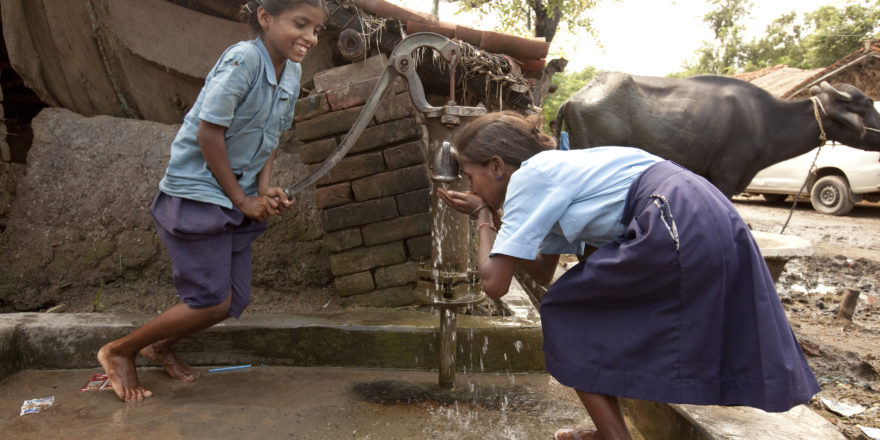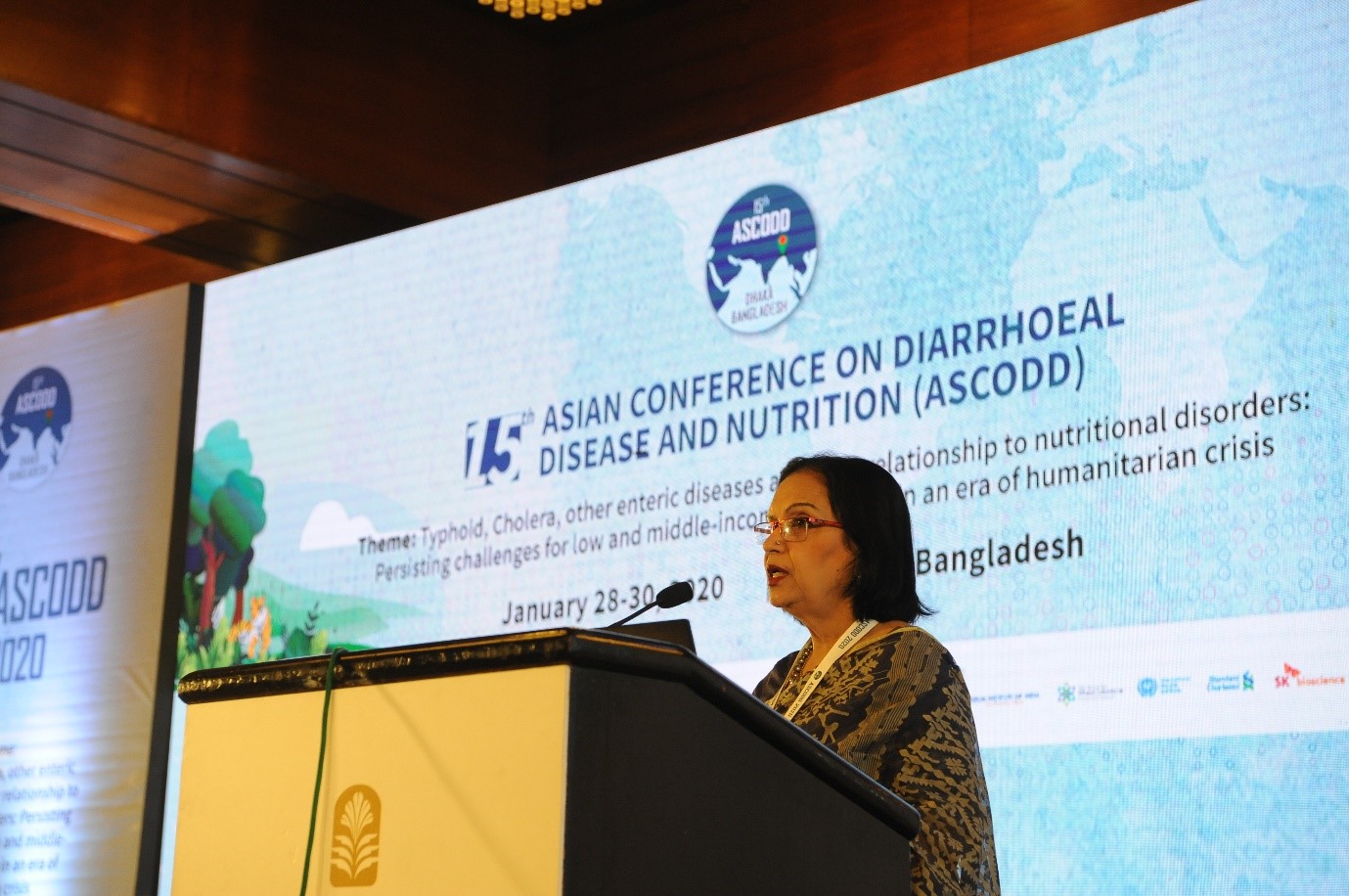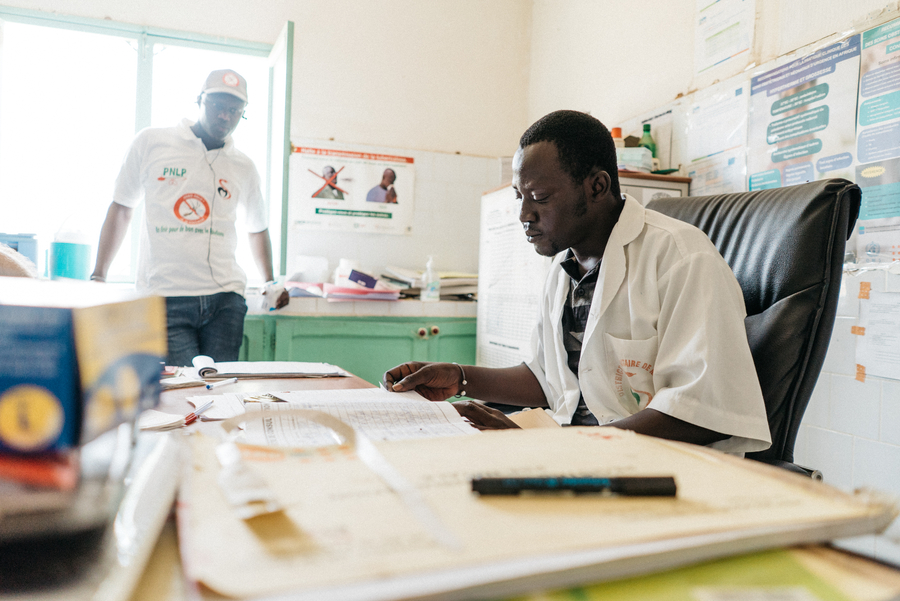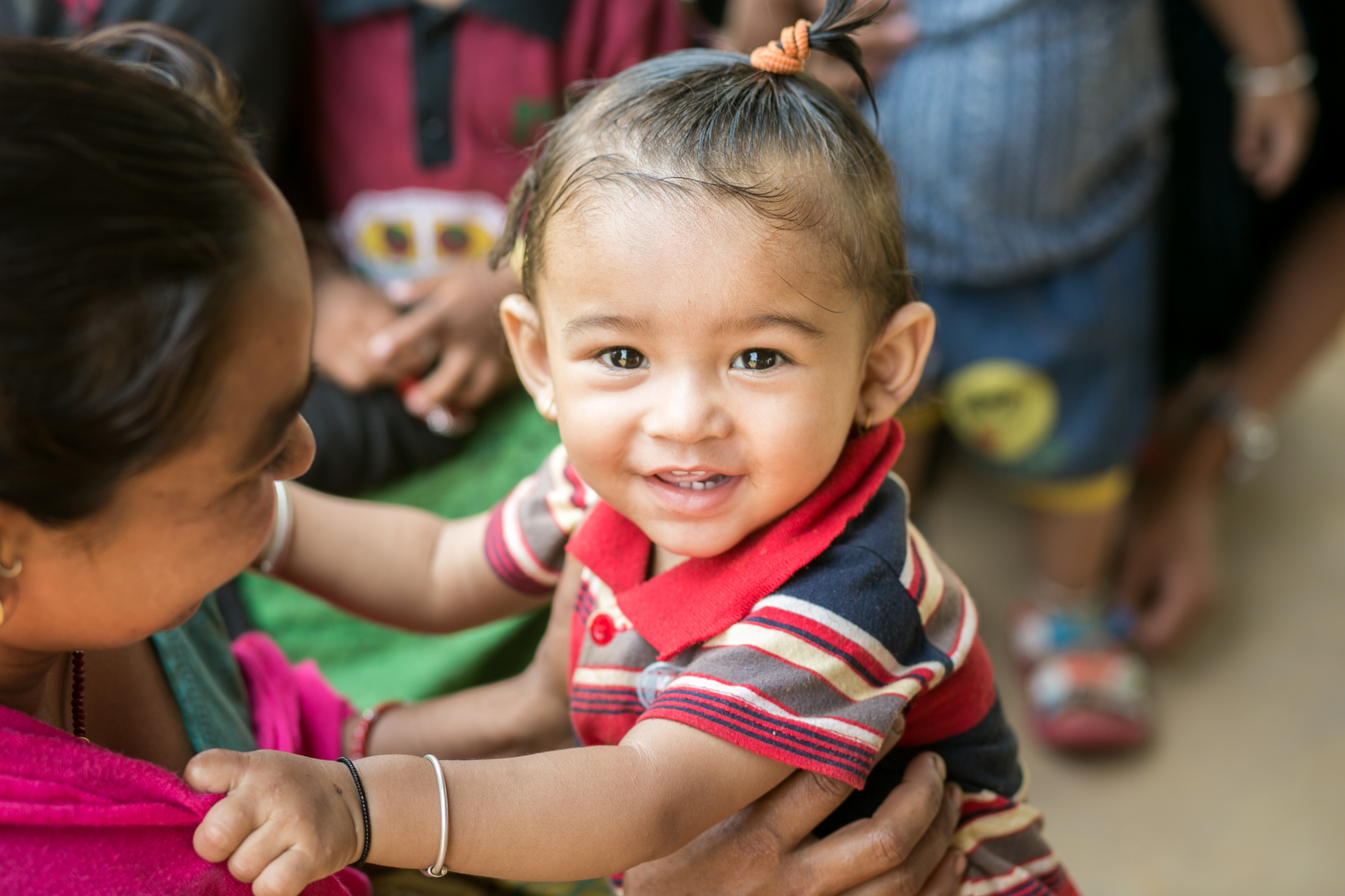Driven by Data: Insights from World Water Week At Home 2020
|

This blog originally appeared on the Take on Typhoid website.
The power of data is increasingly recognized for its ability to help solve complex public health challenges and inform public health decision-making. One of the biggest and enduring public health challenges of our time is the lack of access to clean water, sanitation services and handwashing facilities for one in three people worldwide. This inequitable access to water, sanitation and hygiene (WASH) has major implications for the spread of waterborne diseases like typhoid and cholera—which collectively account for nearly 15 million cases and more than 150,000 deaths annually. Yet, improving WASH infrastructure requires considerable capital investments, long-term implementation strategies and political will.
Fortunately, high-quality disease surveillance data—from environmental surveillance to big data and geospatial analysis—are available to help water and sanitation service providers, municipal authorities and decision-makers identify disease hotspots and transmission pathways, and thus target WASH interventions and investments where they are needed most. This was the topic of a session, “Driven by Data: Targeting WASH Interventions for Enteric Disease Prevention,” recently convened by the Coalition against Typhoid and the World Bank Group for World Water Week At Home 2020—the WASH sector’s largest convening, which focuses on transforming global water challenges.
The session included two presentations focused on data use for outbreak response and prevention and control of typhoid and cholera, as well as a dynamic panel discussion and audience Q&A with leading infectious disease and WASH experts. While a full recording of the session can be viewed here, below are four key takeaways from the session.
- WASH is important not just for typhoid and cholera, but for nearly all diseases.
While the session primarily focused on WASH for typhoid and cholera prevention and control, expanding access to WASH will benefit the prevention of nearly all diseases, including COVID-19. Emphasizing this point, Dr. Steve Luby of Stanford University stated, “This isn’t just about SARS-COV-2. This is about cholera. This is about typhoid. This is about [prevention of all infectious diseases].”
- Practical, affordable methods for disease detection can be integrated into existing surveillance methods for water quality and safety, even despite resource limitations.
An example of where this is already being done is in Zimbabwe, which frequently experiences seasonal cholera and typhoid outbreaks. As Dr. Aidan Cronin of UNICEF Zimbabwe shared, in facing increased needs and dwindling resources, the establishment of the Rural WASH Information Management System (RWIMS)—a database which provides communities and WASH stakeholders with reliable, accurate and timely data on water supply services—has been imperative in planning and decision-making at all levels, including in the response to the 2018-19 cholera outbreak.
- Good advocacy is key to driving WASH interventions, investments and evidence-based decision-making.
In breaking assumptions, Dr. Ranjiv Khush of the Aquaya Institute mentioned that “in many geographies, [water safety management is not]…being well-addressed by existing authorities and regulations.” To improve this, Ranjiv believes that “a public relations campaign within the WASH sector [is needed] to raise the prominence [and]…importance of water safety management on the political agenda.” Dr. Aidan Cronin conferred, noting that “advocacy [is needed for] every part of the programming cycle…[from] more funds for WASH and then more allocations within [the] WASH budget for data collection, monitoring, evaluation, etc.”
- Data is critical to informing the most effective disease prevention strategies.
Closing the session, Dr. George Joseph of the World Bank Group stressed that “the importance of data cannot be overstated ..A lot of coordination is needed, not only on [outbreak] response but on prevention, and for that data is key.”
These takeaways, and other insights from the session recording, are important to understand as we consider how the public health and WASH sectors can better work together to target WASH interventions for the control and prevention of typhoid, cholera and other infectious and waterborne diseases.
These efforts will only help to bolster the integrated approach—WASH combined with the administration of life-saving vaccines, such as the typhoid conjugate vaccine (TCV) and oral cholera vaccine (OCV)—that both the #TakeOnTyphoid and #EndCholera initiatives advocate for. For more information on how you can be a better advocate for both WASH and typhoid and cholera control and prevention, check out the new Take on Typhoid fact sheet, Typhoid+ WASH, as well as other resources from the Take on Typhoid initiative and the Global Task Force on Cholera Control.
Photo courtesy of Sabin Vaccine Institutes/Esther Havens












